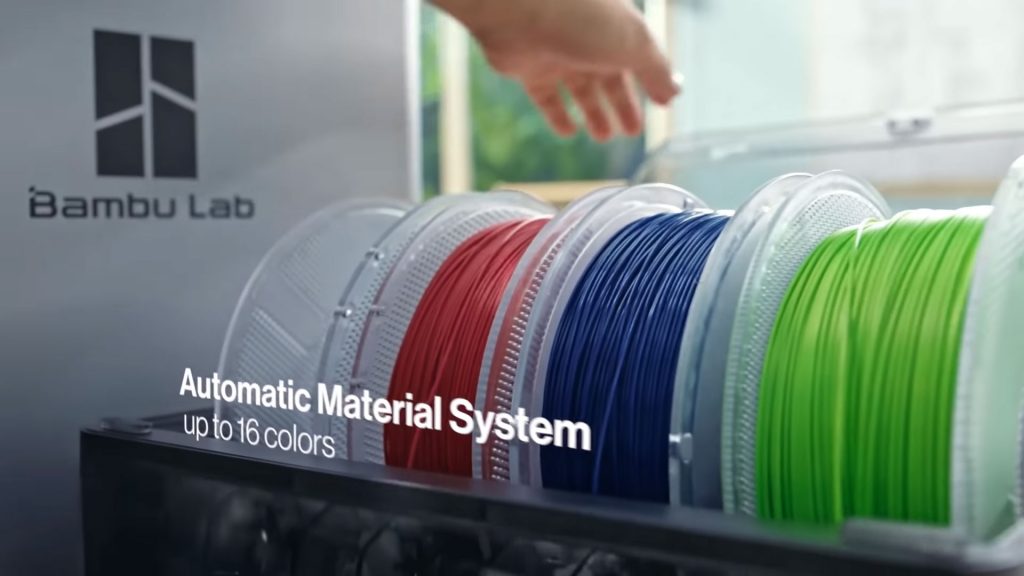
The different types of 3D filaments
FDM 3D printing, or melted filament, is one of the most popular 3D printing techniques.
It consists in melt a continuous plastic filament, then place it layer by layer on a print tray.
There are a wide variety of 3D filaments available, each with its own properties and advantages.
Here is a list of the main types of 3D filaments:
Plain
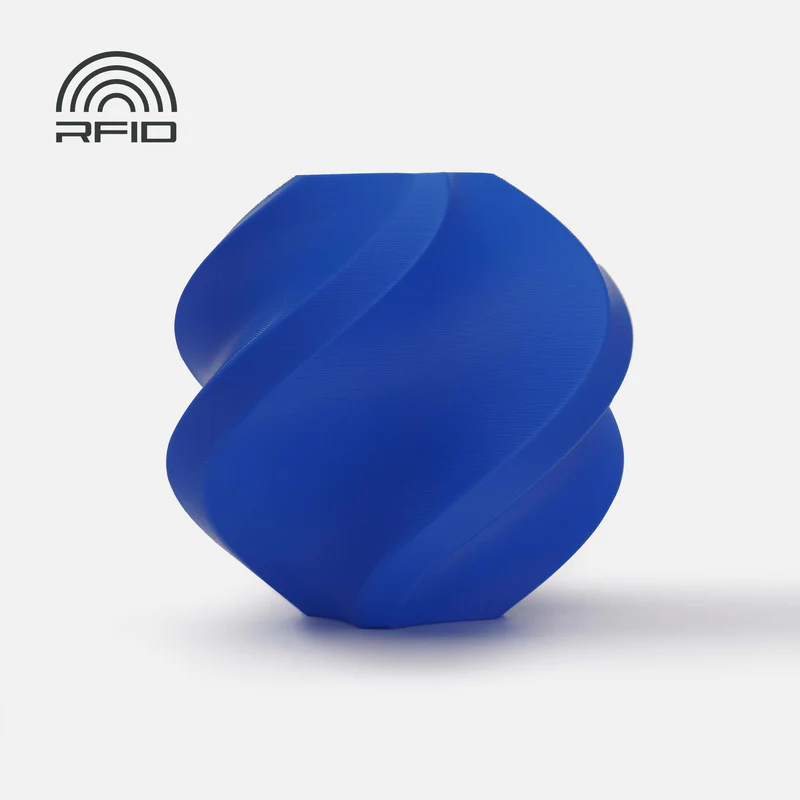
PLA (polylactic acid) is the most popular 3D filament.
It is made up of lactic acid, a biodegradable and non -toxic polymer.
PLA is easy to print, even for beginners, and it offers good resistance to traction and shocks.
Abs
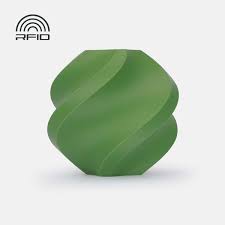
ABS (Acrylonitrile Butadiene Styrene) is a more resistant thermoplastic polymer than PLA.
It is also more difficult to print because it is more likely to deform.
ABS is often used to print parts that must be durable and heat resistant.
Petg
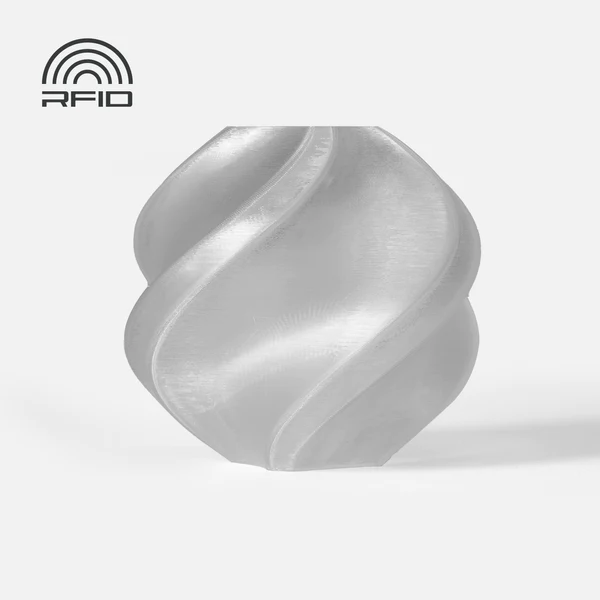
PETG (Polyethylene Téréphtalate Glycolate) is a thermoplastic polymer that combines the advantages of PLA and ABS.
It is easy to print, heat and shock resistant.
PETG is often used to print parts that must be durable and resistant to chemicals.
Nylon
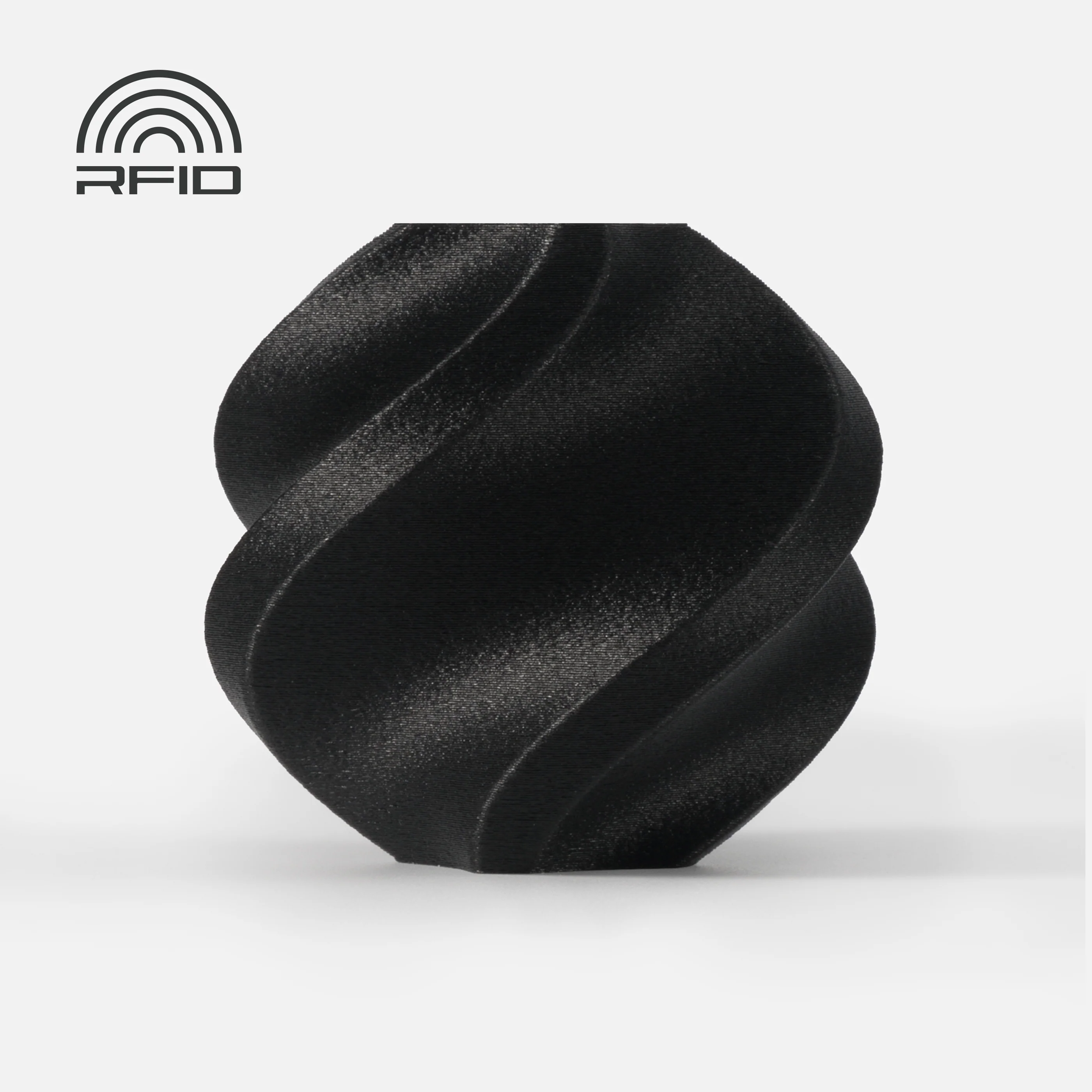
Nylon is a very resistant and flexible thermoplastic polyamide.
It is also resistant to heat and chemicals.
Nylon is often used to print parts that must be durable and wear resistant.
Tpu
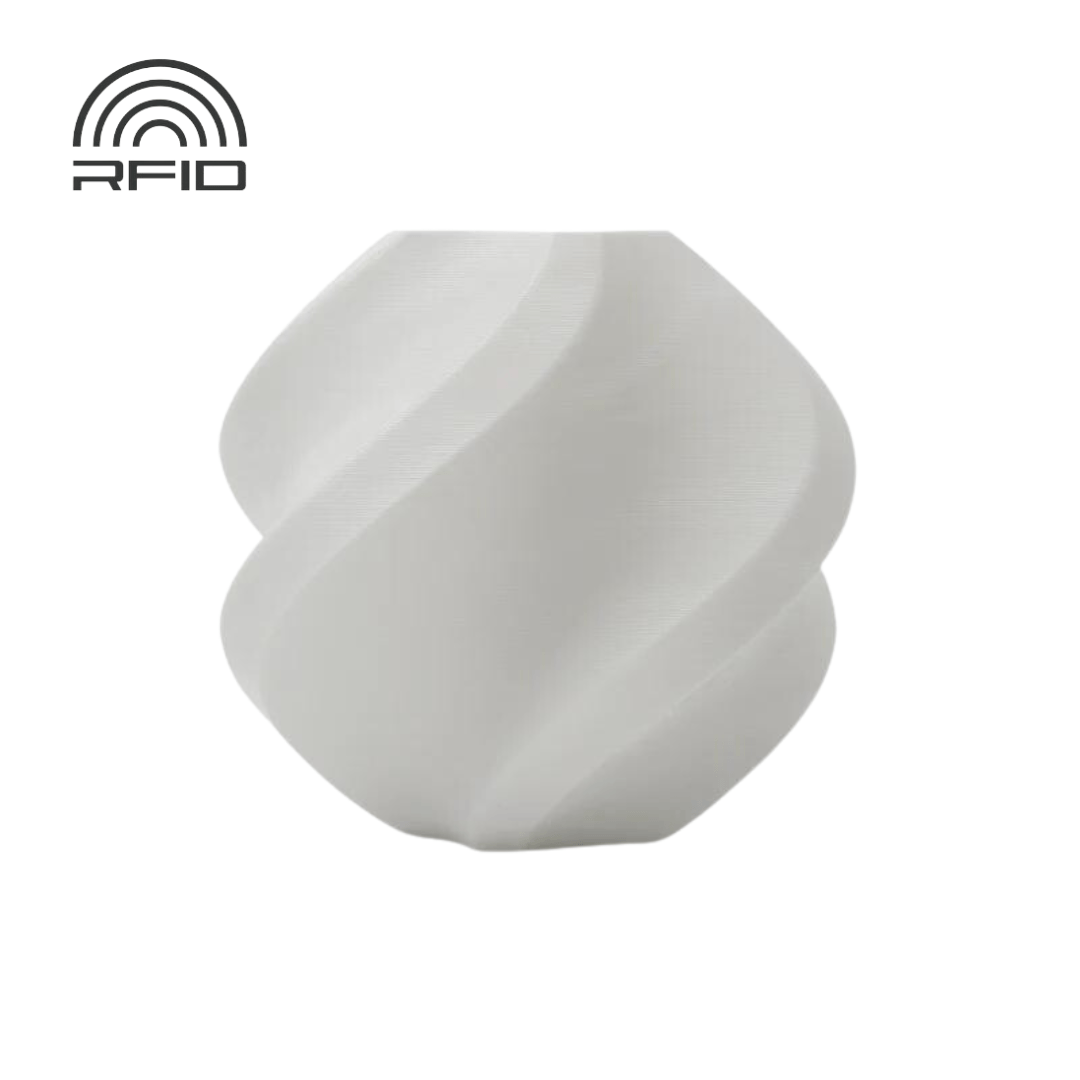
TPU (elastomeric thermoplastic) is a flexible and elastic thermoplastic polymer.
It is also resistant to shocks and chemicals.
TPU is often used to print parts that must be flexible and shock resistant.
Composite
Composite filaments are filaments that contain fibers or particles from other materials.
These filaments can offer improved properties compared to basic filaments.
For example, reinforced filaments of carbon fibers are very resistant and light.
The reinforced fiber fibers are very heat resistant.
The reinforced filaments of aramid fibers are very shock resistant.
Other types of filaments
In addition to the types of filaments mentioned above, there are many other types of filaments available, in particular:
Wood: a filament composed of plastic and wood fibers.
Metal: a filament composed of plastic and metal powder.
Glass: a filament composed of plastic and glass powder.
Carbon: a filament composed of plastic and carbon powder.
Choose the right filament
The choice of the right filament depends on the desired application.
For parts that must be durable and resistant, it is recommended to use a filament such as ABS, PETG or nylon.
For parts that must be flexible and shock resistant, it is recommended to use a filament such as TPU.
For parts that must be light and resistant, it is recommended to use a reinforced fiber fiber filament.
It is important to check the characteristics of the filament before buying it.
These characteristics include melting temperature, printing temperature, tensile resistance and heat resistance.
